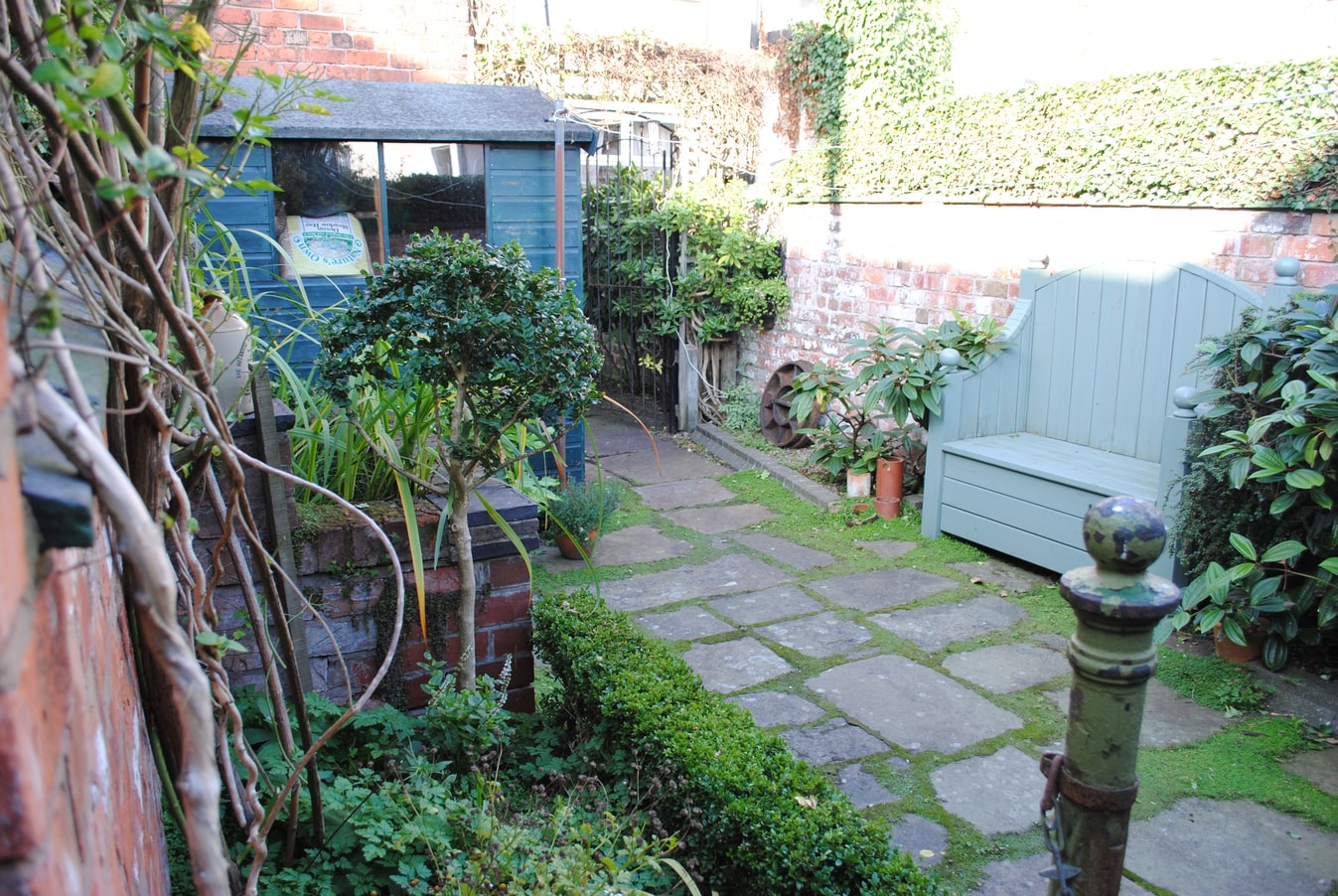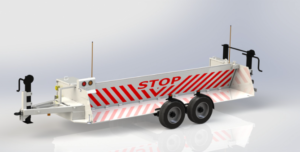
A poorly designed exterior landscape can make gardening, watering the lawn, or maintaining the environment a far more expensive proposition. Home and property owners seeking to lower their utility costs will be glad to know that there are several landscaping strategies that can help curb water use.
Repurposing Drainage
When it comes to landscaping design, drainage is an essential concern. Poorly channeled runoff can lead to problems like excessive soil erosion or pools of standing water. Repurposing drainage in order to irrigate as much of the landscape as possible can help keep maintenance costs from getting out of hand. Landscaping designs that feature a pond, wetland plants, or a tiered design that allows for drainage to be used for irrigation can make quite a difference.
Utilizing Native Plants
Designs that feature native flora and drought-resistant plants can help to minimize or even eliminate the need to water through a process known as xeriscaping. Flowers, shrubs, and especially grasses often require substantial quantities of water in order to thrive. Replacing the existing landscape design with one that utilizes native plants can substantially reduce maintenance efforts and upkeep costs.
Shading an Area
Even the hardiest of plants can still suffer from prolonged sun exposure. Using trees to shade the surrounding landscape can help cut back on water-loss caused by evaporation or allow for a wider range of plants to be incorporated into the existing design. The judicious use of shade can go a long way towards creating a landscape that is able to use water more efficiently.
Stone, Rock, and Hardscaping
Replacing grasses, shrubs, and other cultivated areas of the landscape with stone, rock, or other natural or paved surfaces eliminates the need for water entirely. This landscaping technique is known as hardscaping and can be used to create a walkway, construct a border for gardens and lawns, or even to build a terraced landscape design that incorporates different levels of terrain. By electing to do business with professional pavers installation issues can be more easily addressed and a wider range of hardscaping options can be made available.
Having to constantly water in order to maintain an exterior landscape often involves time and effort that is often in short supply. Designing a landscape that will require less water use helps to simplify upkeep and decrease household utility costs. Designs that feature native plants, superior drainage, better use of shade, and hardscaped areas can offer a cost-effective alternative to a traditional lawn.

